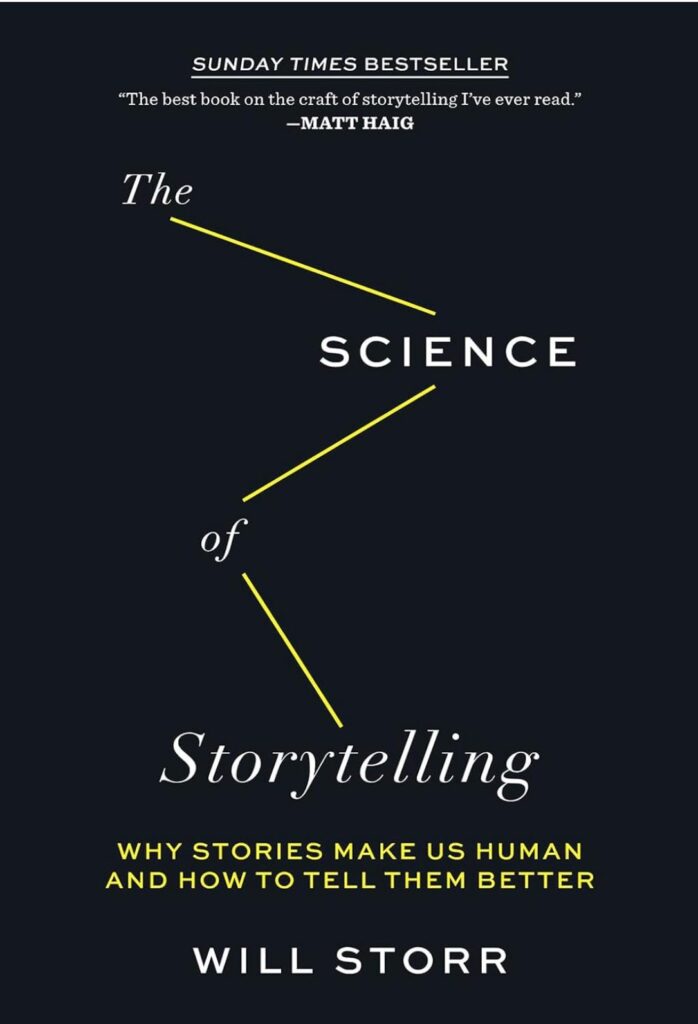When writing Hucow stories, one of the most important tasks is creating a farm that feels real. You want readers to feel like they’ve stepped into that world—whether it’s a rural, earthy setting or a futuristic alien farm.
Sensory details can bring that world to life and make the farm more than just a background. In Hucow stories, the farm often symbolizes control, transformation, and even pleasure. And you want your readers to feel every bit of that.
In this post, I’m going to share some tips on how to use sensory details to immerse readers in your Hucow farm setting. From the sounds of milking machines to the textures of the barn, we’ll cover how to make your scenes more vivid and engaging.
Table of Contents
ToggleEngaging All Five Senses
When we think about describing a setting, we often default to visuals. What does the farm look like? But to really immerse readers, we need to go beyond sight. Use all five senses: sight, sound, smell, taste, and touch. When done well, sensory details create a deeper connection to the world you’re building.
Sight: Describing the Farm
Of course, visuals are still key. The farm should be easy to picture, whether it’s a sprawling, rustic landscape or a clean, futuristic facility. The trick is to balance your descriptions. Don’t overload readers with too much, but give them enough to paint a picture in their minds.
If you’re setting your story on a traditional farm, think about how you’d describe the barn. Is the wood weathered and worn? Are there beams of sunlight streaming through the gaps in the roof? Or maybe the farm is new, spotless, with equipment that gleams under the sun.
In a sci-fi Hucow farm, you’ll want to focus on the advanced technology. Describe the gleaming, metallic milking stations or the soft glow of alien machinery. Maybe there are strange, glowing plants in the fields or transparent walls that reveal the vastness of space outside. Whatever the setting, make sure readers can see it.
Sound: Bringing the Farm to Life
Sound is an often overlooked but powerful sense. Think about what your characters would hear on the farm. The soft hum of milking machines, the rhythmic clink of metal against metal, the steady breathing of the cows or other Hucows in the barn. Sounds can enhance the mood of the scene and give readers a fuller experience.
In a more rustic setting, maybe there’s the sound of a distant bell, signaling the start of milking time. Or the quiet rustle of hay as the heroine moves around the barn. If your story is set in a more futuristic or alien farm, the sounds might be different—machines humming, beeping, and whirring as they monitor the heroine’s transformation.
For example, in one of my stories, I described the subtle, mechanical purr of the milking machine as it came to life, adding tension to the scene as the heroine prepared for her first experience. That small sound helped build anticipation.
Smell: Setting the Atmosphere
Smell is one of the strongest senses when it comes to triggering memories and emotions. Use it to your advantage. In a traditional farm setting, smells might include fresh hay, damp earth, or the musk of the animals. It’s rich, earthy, and a little raw.
In a more high-tech or alien environment, you can play with different smells. Maybe the air smells sterile, like clean metal or ozone after a storm. Or maybe there’s a sweet, intoxicating scent filling the room—something designed to relax the Hucows as they are milked.
For example, in one of my scenes, the heroine enters a sterile milking chamber where the air smells crisp and sharp, almost antiseptic, contrasting with the warmth of her body as she’s prepared for the process.
Texture and Touch: Making the Farm Tangible
Touch is incredibly important in Hucow stories because it connects directly with transformation, milking, and breeding. The feel of the farm—the textures the heroine interacts with—helps immerse readers in the experience.
Is the wood of the barn rough under her hands? Is the metal of the milking machines cold against her skin? Maybe the tubes attached to her body are smooth and soft, gently pulling at her skin as she’s milked. Think about how these details can enhance your scenes.
When describing touch, focus on how these textures make your heroine feel. Is the cold metal of the machines making her nervous? Or does the soft tug of the milking process bring unexpected pleasure? These small details help bridge the gap between reader and character, making the scene feel more intimate.
Example: Transformation and Sensation
Let’s say your heroine is experiencing her first transformation into a Hucow. You want readers to feel the strangeness of her body changing. Maybe her skin feels tight as it stretches, her breasts heavy and full, sensitive to even the slightest touch. You can describe the coolness of the air against her newly transformed skin, or the way the milking machine’s tubes feel as they attach and begin their work.
The key is to connect the physical sensations to the emotional experience. The heroine might feel vulnerable, exposed, but at the same time, there’s a strange new pleasure in the process. By focusing on touch, you can make the transformation feel real and visceral.
Taste: Adding Subtle Flavor
Taste is probably the least obvious sense to include, but it can still play a role. Maybe your heroine is fed special food to help with her transformation—something rich and sweet, or perhaps bland and clinical. Taste can reflect her emotions, too. If she’s nervous or anxious, maybe her mouth feels dry, or the food tastes like nothing.
In one of my stories, the heroine is given a drink before her first milking session. It’s sweet but slightly metallic, hinting at the changes happening inside her body. This small detail, while subtle, helped create a sense of unease and foreshadow the transformation to come.
Building Power Dynamics Through Sensory Details
Sensory details also play a big role in power dynamics. The farm is often a place of control, and the alpha male in your story uses that space to assert dominance and protection. By focusing on sensory details, you can emphasize the power imbalance between the heroine and the alpha, or between the heroine and the farm itself.
For example, the alpha might guide her through the milking process, his hands firm on her body as he reassures her. The cold touch of the machines might feel invasive at first, but as the scene progresses, the sensations become pleasurable, signaling her surrender to the process—and to the alpha’s control.
The Alpha’s Role
Let’s imagine a scene where the heroine is in the milking barn for the first time. The alpha male stands nearby, watching closely as she’s hooked up to the machine. She feels the cool metal, the soft hum of the machine starting up. He’s close enough that she can feel his breath on her neck, his voice a low murmur of reassurance.
As the machine begins its work, the alpha moves closer, his hand brushing against her skin, sending shivers down her spine. The physical sensations heighten her awareness of his control over the situation—and over her body.
Final Thoughts: Bringing Your Hucow Farm to Life
Making the farm feel real is all about tapping into your readers’ senses. Use sight, sound, smell, touch, and even taste to immerse them in the world you’re creating. Whether your setting is a rustic barn or a sleek, futuristic facility, sensory details make the difference between a flat, two-dimensional scene and one that jumps off the page.
As Hucow authors, we’re writing in a genre that thrives on physical transformation, emotional surrender, and power dynamics. Sensory details help make those elements come alive. My advice? Don’t be afraid to get specific. The more you focus on the little things—like the smell of hay or the coldness of metal—the more your readers will be pulled into the experience.
So go ahead, create a farm that feels real enough to touch. Your readers will thank you for it.
References and More Information
Here are several reputable sources where you can gather more information related to themes in science-fiction and general fiction writing. I have used some of these as references both in this article and in the past:
Writing Science Fiction & Fantasy by Writer’s Digest
A comprehensive guide on writing in the science fiction and fantasy genres, ideal for Hucow authors working with futuristic or alien themes.Sensory Details in Writing by Reedsy Blog
Explore the importance of sensory details in fiction writing and how to engage readers with immersive environments.Romance Tropes in Fiction by The Write Practice
Learn about common romance tropes, including alpha males and transformation themes, which are often central in Hucow stories.How to Use Sensory Details in Your Writing
This guide breaks down how to evoke the five senses in your writing, making your scenes more vivid and engaging.World-Building Tips for Writers
A useful resource for crafting immersive and detailed worlds, whether you’re writing fantasy or sci-fi, relevant to Hucow world-building.Writing Erotica: How to Write Hot Scenes
This article provides tips on writing effective erotica, including how to build emotional and physical intimacy in your scenes.







































